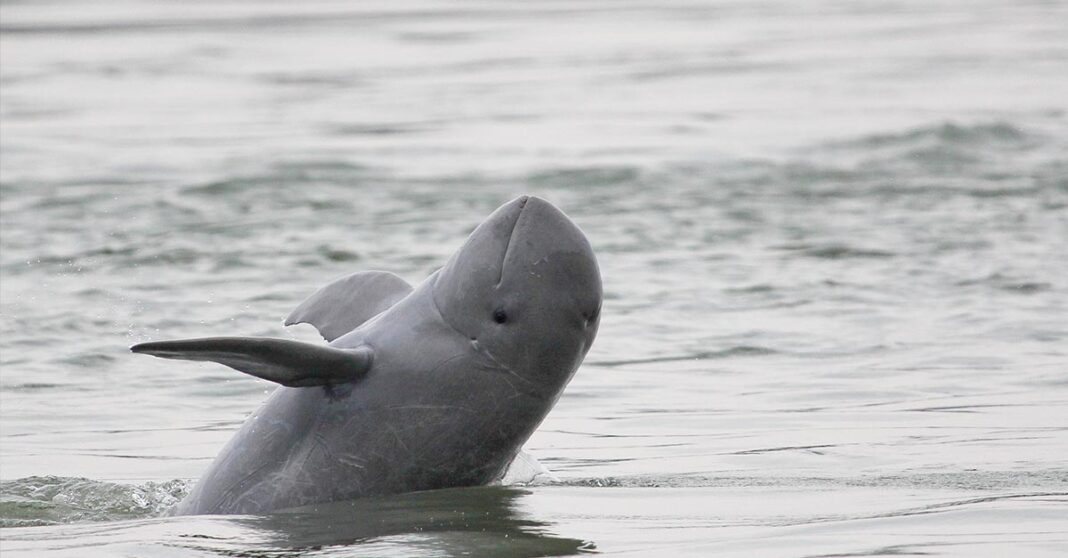The Mekong River is facing a major crisis, with at least one in five fish species on the brink of extinction, according to a report drafted by 25 regional and global organizations.
Titled “Mekong’s Forgotten Fishes” and released on 4 March, the report highlights the rich diversity of fish species in the Mekong River. There are a total of at least 1,148 species, approximately 25 percent of which are unique to this ecosystem.
This biodiversity establishes the Mekong as the world’s third most biodiverse river, following only the Amazon and Congo rivers.
The Mekong River’s importance extends beyond its ecological significance. It hosts the world’s largest inland fishery, supporting the livelihoods and food security of over 40 million local residents in the region. With an estimated annual value of USD 11 billion, this fishery also represents over 15 percent of the total global inland catch.
However, despite its critical importance, the Mekong’s fish populations are facing severe threats, with the report indicating that at least 19 percent of assessed species are on the path to extinction.
Factors contributing to this alarming decline include habitat loss, hydropower dams disrupting river flow, the conversion of wetlands for agriculture, unsustainable sand mining, invasive species, and the exacerbating impacts of climate change.
Lan Mercado, WWF Asia-Pacific Regional Director, issued a stark warning, stressing the urgent need for action to reverse this alarming trend.
“The alarming decline in fish populations in the Mekong is an urgent wake-up call for action to save these extraordinary – and extraordinarily important – species, which underpin not only the region’s societies and economies but also the health of the Mekong’s freshwater ecosystems,” said Mercado.
Mercado also emphasized the irreplaceable role of these fish species in the region’s societies, economies, and freshwater ecosystems.
Despite challenges, the report also highlights the efforts of local communities in implementing successful conservation measures, such as community-led Fish Conservation Zones in Laos, which have demonstrated the potential for restoring fish populations and enhancing biodiversity.
“The good news is that it’s not too late to restore the Mekong and bring its fish back from the brink,” said Zeb Hogan, Lead for Wonders of the Mekong, which funded the report.
To further address the crisis, experts are calling for immediate action, including the implementation of a transboundary emergency recovery plan for freshwater biodiversity. This comprehensive plan aims to address the myriad threats facing Mekong fish populations, including restoring natural river flow, improving water quality, and ending unsustainable exploitation of resources.
With the region at a critical juncture, 2024 presents an opportunity for Mekong countries to join the Freshwater Challenge, a key initiative aimed at restoring and protecting freshwater ecosystems worldwide.
As Kathy Hughes, WWF Asia-Pacific Freshwater Biodiversity Lead and author of the report, emphasized, reversing the decades-long decline in Mekong fish populations will require collective and urgent action. The fate of these extraordinary freshwater fish species hangs in the balance, but with concerted efforts, there remains hope for their survival and thriving future.



